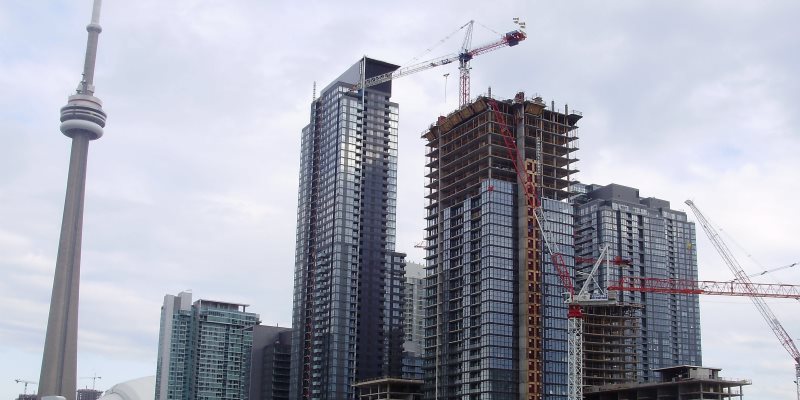Ontario makes encouraging housing moves

The Ford government recently announced the broad strokes of its “housing supply action plan” aimed at getting a greater number and variety of much-needed homes built in Ontario’s least affordable communities—especially Toronto.
Many details of the plan remain to be revealed, but early signs suggest it will include some of the boldest steps towards affordability the province has seen in a long time.
The government’s strategy represents a fundamental break from the mistaken “demand side” strategies that have been repeatedly tried and proved wanting in recent years. For several years now, housing policy mainly tried to curb housing demand in Canada’s most expensive metro areas—think punitive taxes on summer homeowners in British Columbia, and mortgage “stress tests” imposed by the federal government. Ontario’s latest proposals—should they come to pass—mark an important change of tack in unlocking more housing supply.
Instead of trying to dissuade demand, the Ford government aims to encourage growth in the number of new houses, townhomes, duplexes and apartments. By allowing supply to keep up with demand, a supply-centered approach can help make sure that housing is built, prevent prices from running away and prevent our biggest cities from becoming exclusive enclaves.
So what exactly will the Ford government’s supply-based strategy look like? As noted, details and implementation remain to be revealed, but early signs are encouraging. The Ontario government wants to accelerate the approval process for new homes, streamline and cap the fees municipalities charge in exchange for added density, and beef up the authority of the Local Planning Appeal Tribunal—a legal body that adjudicates land-use planning disputes between local governments, citizens and property developers.
Again, depending on how these proposals are implemented and whether the necessary changes to Ontario’s existing planning legislation (and local bylaws) are carried out, there’s a real possibility they can help reduce uncertainty for homebuilders and in turn increase the number of much-needed homes for Ontarians.
There’s potential good news for Ontarian renters, too, who face some of Canada’s highest rents and tightest vacancy rates. Building on its elimination of rent controls on new rental units last year, Queen’s Park aims to boost the number of secondary suites—ranging from laneway homes to garage units—by requiring municipalities to authorize them without the need for drawn-out rezoning processes or potentially onerous development charges.
In other words, the province would require municipalities to make it easier for people to create secondary suites on their property, again, boosting housing supply, increasing the variety of types of housing available, and creating more affordable units for those who need them.
There’s a long path from a good idea to a successfully implemented policy, but there are several good ideas in the Ford government’s housing supply action plan. For young families looking for a toehold in the housing market, retirees looking to downsize into more walkable amenity-rich neighbourhoods, and many other Ontarians struggling to find affordable housing options in the province’s hottest markets, the latest proposals may mark a turning point in Ontario and beyond.
Authors:
Subscribe to the Fraser Institute
Get the latest news from the Fraser Institute on the latest research studies, news and events.


